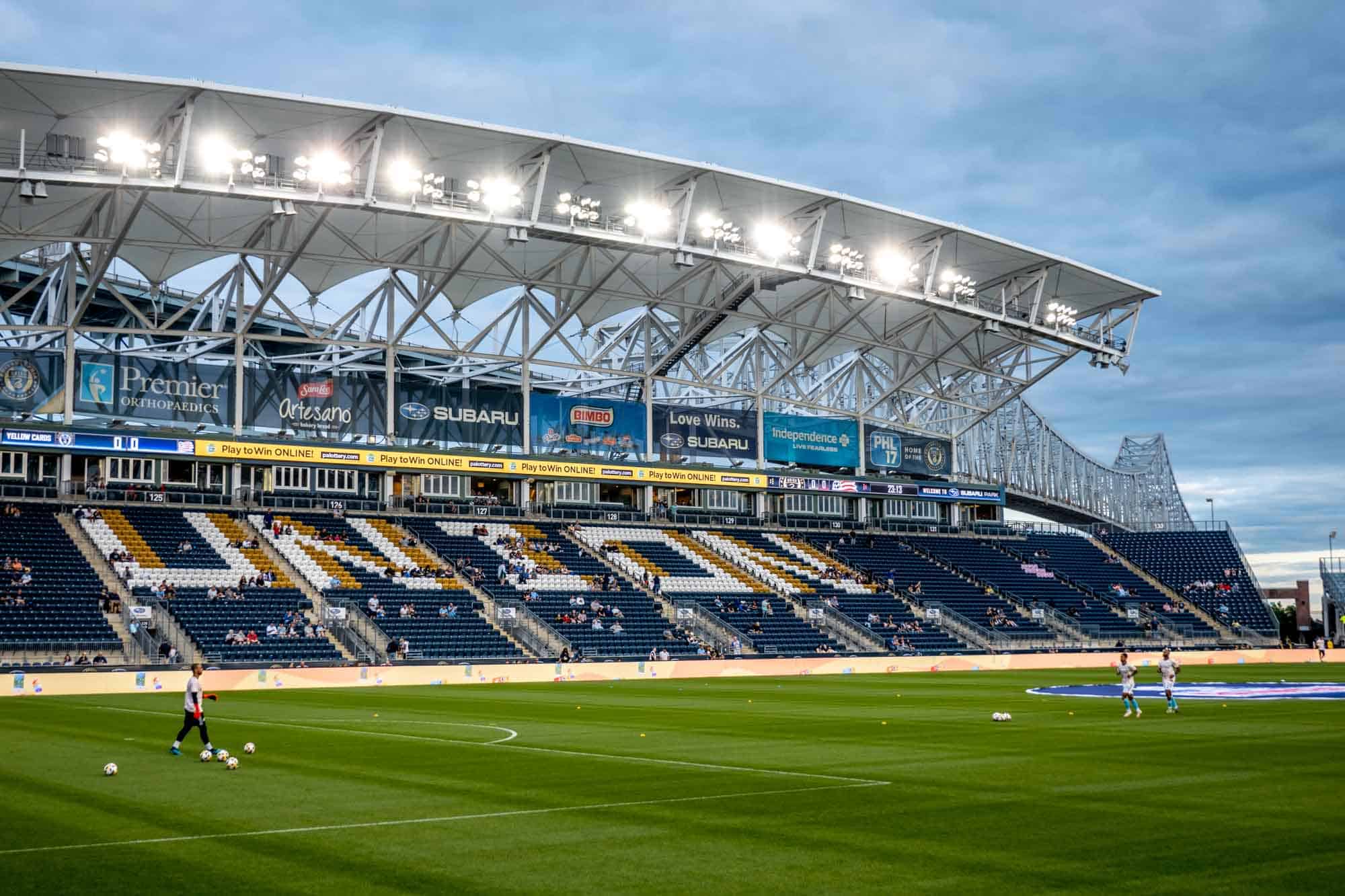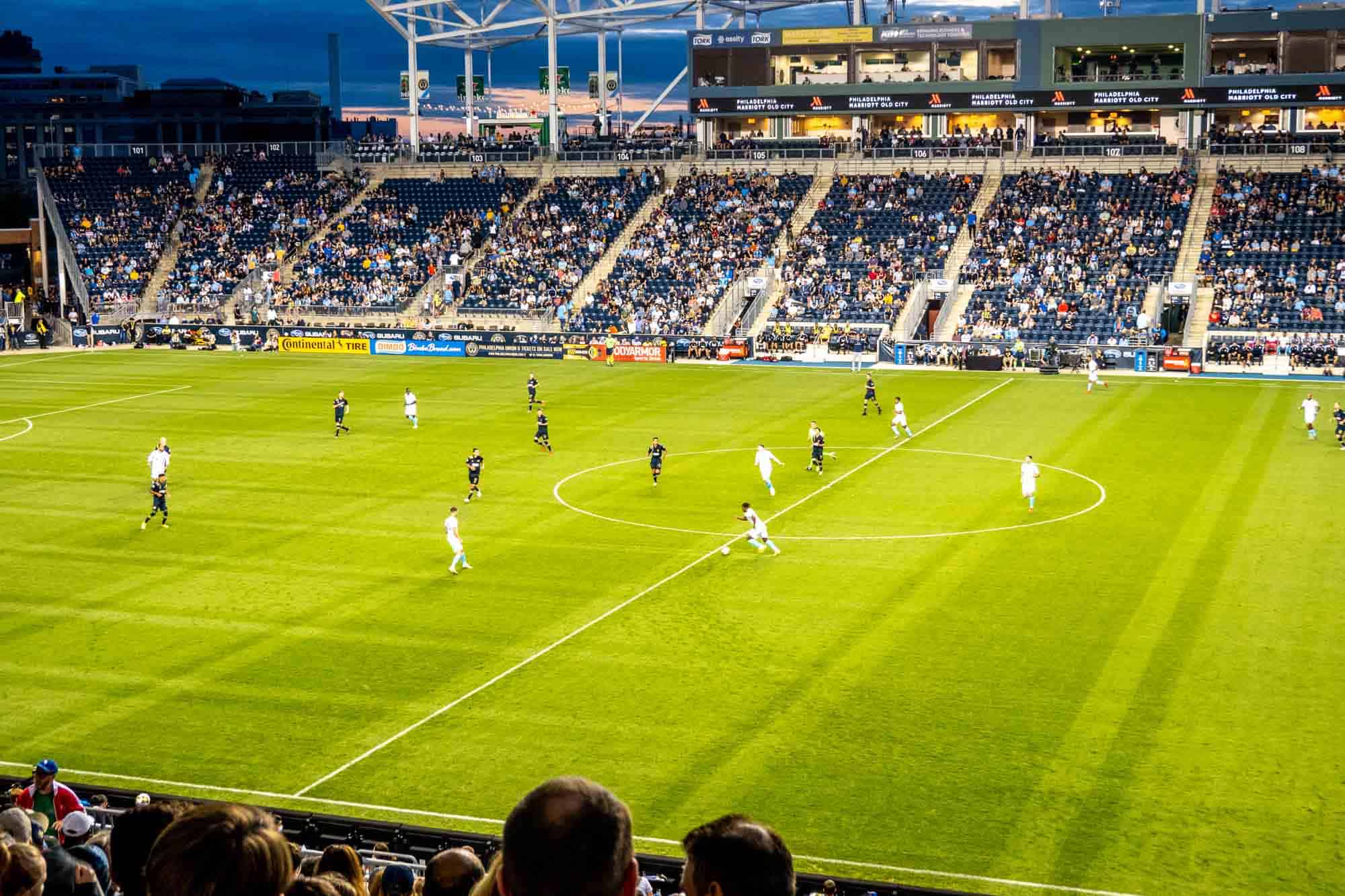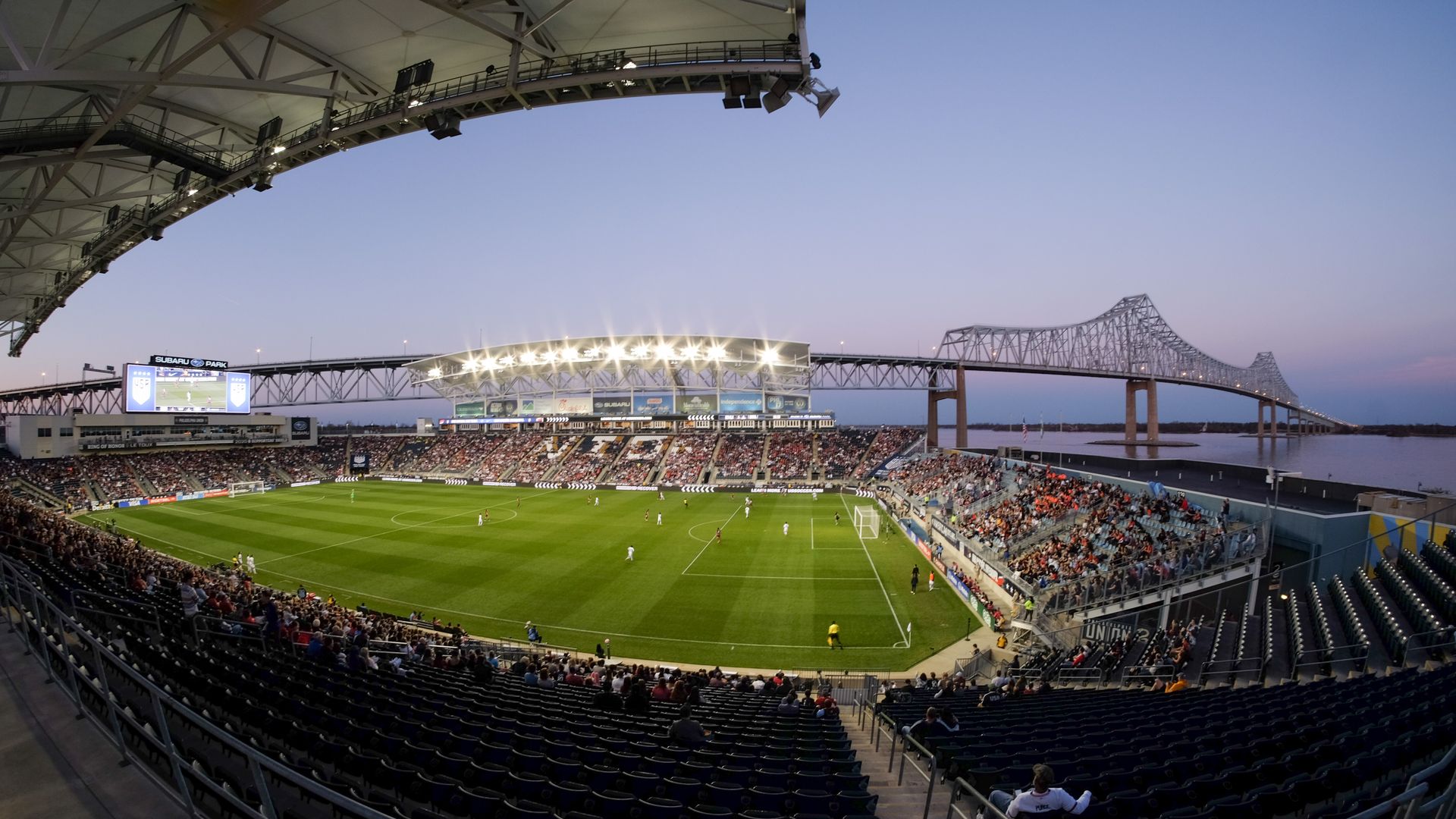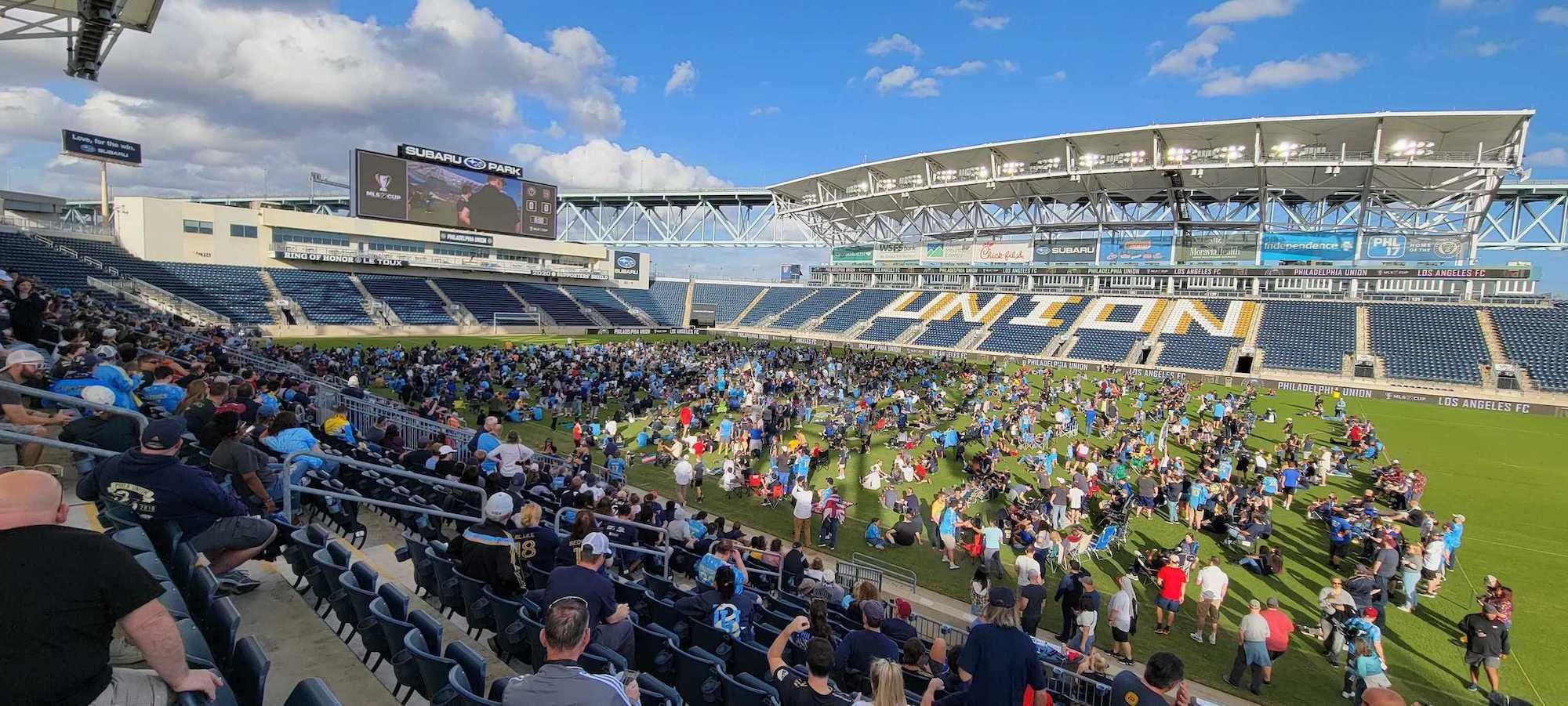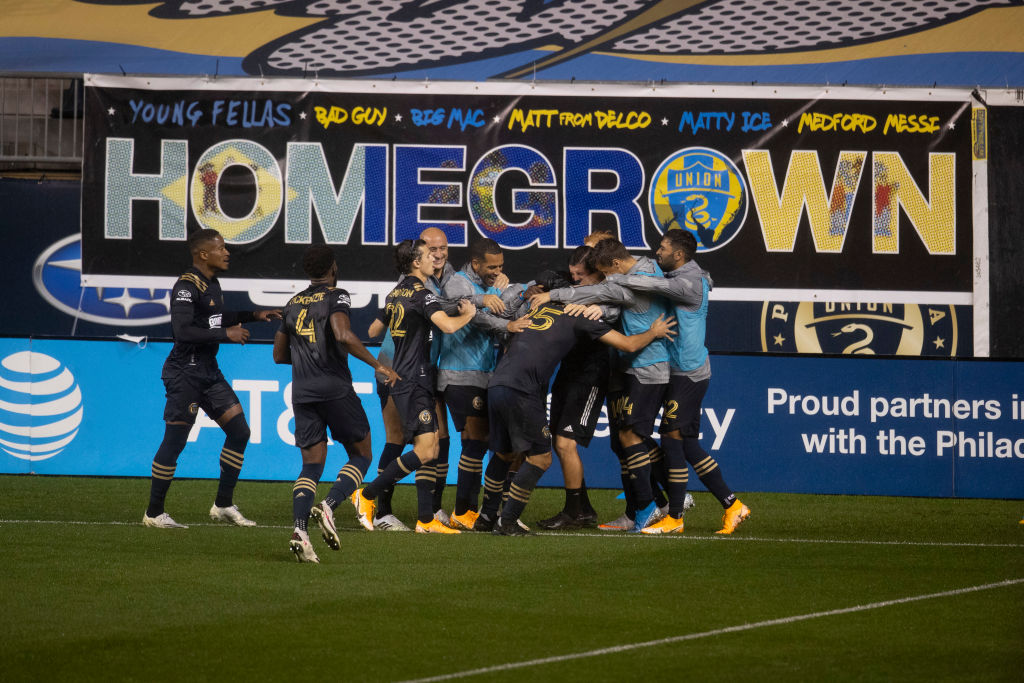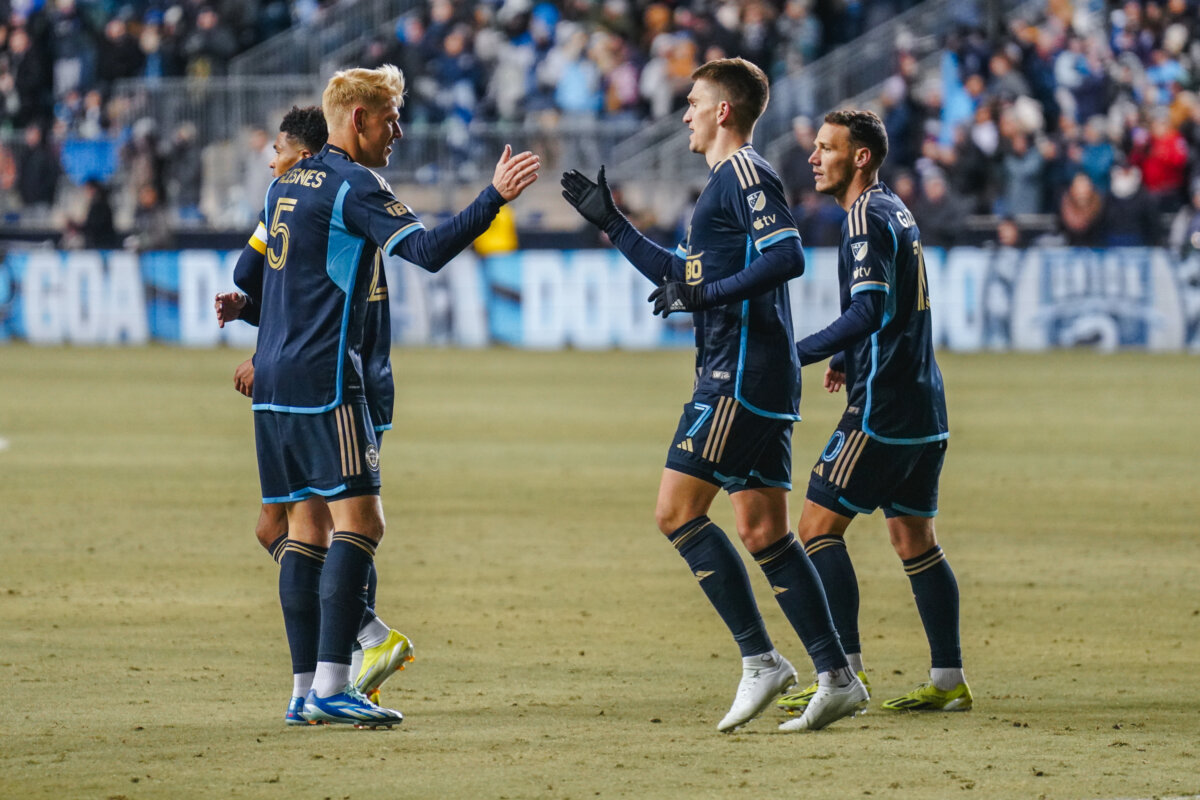How Long Are Philadelphia Union Games
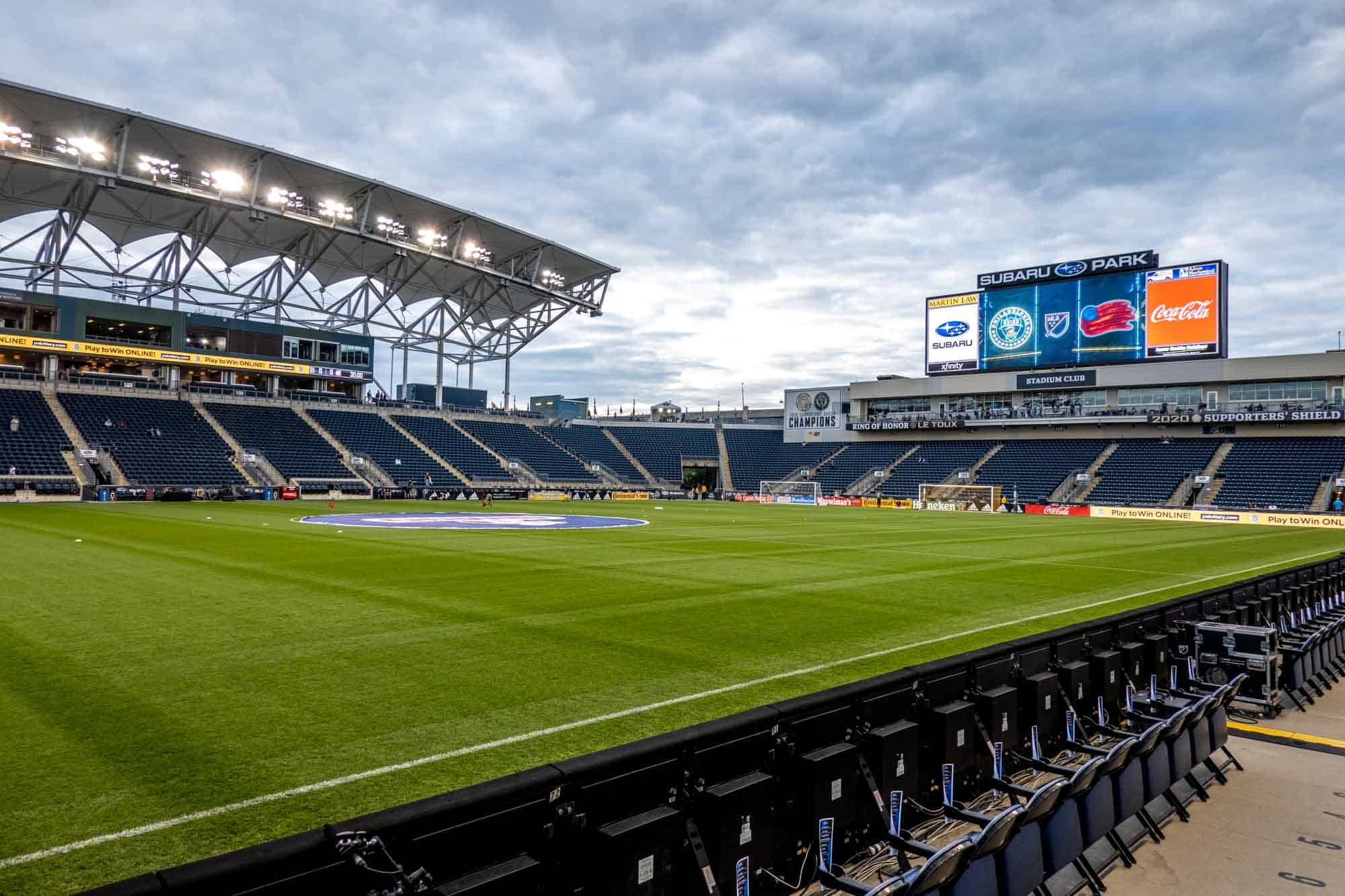
The final whistle blows, the scoreboard flashes, and fans surge from their seats – but how long were they actually watching the Philadelphia Union battle it out on the pitch? While the advertised game time is a standard 90 minutes, the true duration of a Union match often extends beyond that mark, leaving fans wondering exactly how much time to budget for their soccer fix.
Understanding the length of a Philadelphia Union game requires delving into the nuances of Major League Soccer (MLS) rules and the variables that can significantly impact the final clock reading. This article breaks down the typical components of a Union match, explores the factors that contribute to added time, examines how this impacts fans, and offers insights into how game duration might evolve in the future. Ultimately, it's about providing a clearer picture of the time commitment involved in supporting Philadelphia's premier soccer team.
The Standard 90 Minutes and Injury Time
At its core, a Philadelphia Union game consists of two 45-minute halves. A standard 15-minute halftime separates these periods. This forms the base of the match’s duration.
However, the clock doesn't simply stop at the 90-minute mark. Referees are authorized to add time at the end of each half to compensate for stoppages.
These stoppages can include injuries, substitutions, penalties, and even excessive celebrations.
Understanding Added Time
The amount of added time is at the discretion of the referee. There's no fixed formula for determining how much extra time is awarded.
According to the International Football Association Board (IFAB), the organization that governs the Laws of the Game, the referee considers several factors.
These include time lost due to substitutions, assessment or removal of injured players, wasting time, disciplinary sanctions, medical stoppages permitted by competition rules, delays inherent in restarting play (e.g. from goal celebrations) and any other cause, including significant delays to a restart.
Factors Influencing Game Length
Several elements can lengthen or shorten the total time of a Philadelphia Union game.
The number of goals scored can indirectly increase game time. Goal celebrations often involve brief pauses.
Serious injuries that require extensive medical attention will almost certainly lead to more added time. Furthermore, contentious refereeing decisions and subsequent protests can also add to the clock.
VAR and Its Impact
The introduction of Video Assistant Referee (VAR) has further complicated the equation.
VAR reviews can add several minutes to a game as the referee consults with the VAR team to review key decisions.
This technology is intended to ensure fair play, but has often been criticized for causing longer delays.
Fan Perspectives and Planning
For Philadelphia Union fans, understanding the potential length of a game is crucial for planning purposes.
Taking into account travel time to and from Subaru Park, pre-game activities, and post-game traffic, the actual commitment can extend well beyond the core 90 minutes.
Season ticket holders, in particular, need to factor in this variability when making their schedules.
Beyond the 90: The Full Experience
While the on-field action is the primary draw, the full Union game day experience encompasses much more.
Tailgating, meeting with friends, and engaging with the atmosphere of the stadium contribute to the overall time investment.
These elements are essential parts of being a dedicated supporter.
The Future of Game Duration
The debate surrounding game length is ongoing, with some advocating for measures to reduce time-wasting and increase the flow of play.
Potential solutions include stricter enforcement of time-wasting rules and limiting the number of substitutions allowed.
It’s conceivable that the MLS could adopt new guidelines in the future.
Ultimately, while predicting the exact duration of a Philadelphia Union game remains challenging, understanding the factors involved empowers fans to better plan their game day experience. The evolution of soccer rules and technology will likely continue to shape the length of matches, ensuring that the discussion around game duration remains relevant for fans and stakeholders alike. Attending a game is about more than just 90 minutes; it's an investment in the passion, community, and unpredictable drama of Union soccer.
